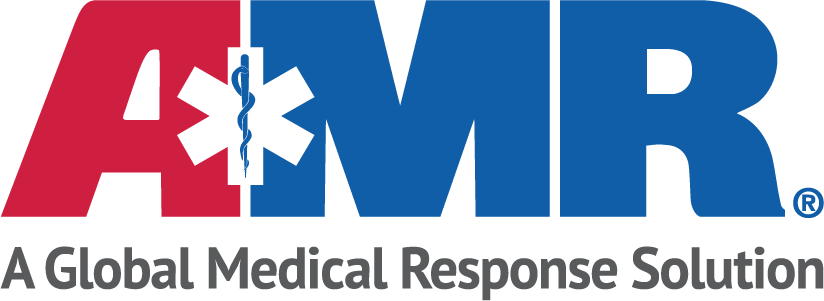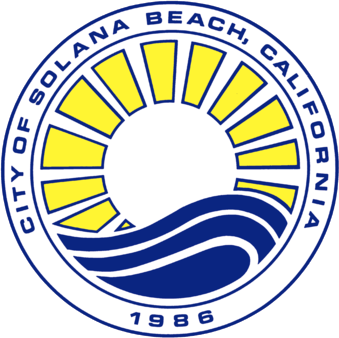- COMMUNITY
PREPARE AND PREVENT - SAFETY INFORMATION
- Calling 911
-
If you have a situation requiring immediate intervention from any type of emergency services, call 911 immediately. When you do so, a dispatcher will answer the phone and begin asking questions concerning your emergency. It is important to remain as calm as possible and follow the dispatcher’s instructions. As this happens, information is being entered into the central dispatch computer which calls out the nearest appropriate resources for your emergency.
Note: When a 911 call is made from your home phone (landline) it is routed to the designated 911 dispatch center. When a call is made from a cell phone it is routed to the dispatch center of the California Highway Patrol and routed again from there. Although the results may be the same this additional step may slow the process. As a result, you will probably get a quicker response using your home phone when it is possible to do so.
- Emergency Medical Transportation
-
AMR provides emergency and non-emergency medical transport service for the City of Solana Beach. Find out more

- Natural Disaster Preparedness
-
Some of the steps that can help you and your family better cope with a natural disaster include building an emergency kit, and having a disaster plan in place before the worst happens. Find out more at the Ready San Diego website
Get Involved
CERT - The Solana Beach chapter of the Community Emergency Response Team has formed and begun training to help in the event of an emergency. Read more
- Smoke and Carbon Monoxide Alarms
-
Carbon Monoxide Alarms
Often called the invisible killer, carbon monoxide is an odorless, colorless gas created when fuels (such as gasoline, wood, coal, natural gas, propane, oil, and methane) burn incompletely. In the home, heating and cooking equipment that burn fuel are potential sources of carbon monoxide. Vehicles or generators running in an attached garage can also produce dangerous levels of carbon monoxide.
Carbon monoxide alarms should be installed on every level or story and where any fuel fired appliances are present including but not limited to fireplaces, furnaces, water heaters, boilers, etc. The manufacturer's installation instructions should also be followed.
Smoke Alarms
Smoke alarms are devices that sense the presence of smoke and alert the building’s occupants of the warning. Smoke alarms that are properly installed and maintained play a vital role in reducing fire deaths and injuries. Three out of five deaths happen in homes with no smoke alarms or no working smoke alarms.
Smoke alarms should be installed outside of each separate sleeping area in the immediate vicinity of bedrooms, in each room used for sleeping purposes, and in each story within a dwelling unit. The manufacturer's installation instructions should also be followed.
Property owners are required by law to install both smoke and carbon monoxide detectors in any building in which people will be living. A list of approved devices can be found on the State Fire Marshal website
- Terrorist Attacks
-
In the event of an attack, government officials will instruct residents on what actions they are taking and what actions the public should take. It's important that you remain calm and cooperate fully with local officials. Failure to follow instructions from local officials could cost you and others their lives. In the event of a chemical or biological attack, instructions will be provided by local public health and safety officials on personal protection, decontamination and health warnings via the Emergency Alert System (EAS) broadcast over radio and television as well as print media.
The public also has a role in reducing the impact of terrorism on their lives. Find out more
Fire Safety Videos
Click the links below to view fire safety videos on a variety of topics..
Contact Us
Solana Beach Fire Department 858-720-4412
